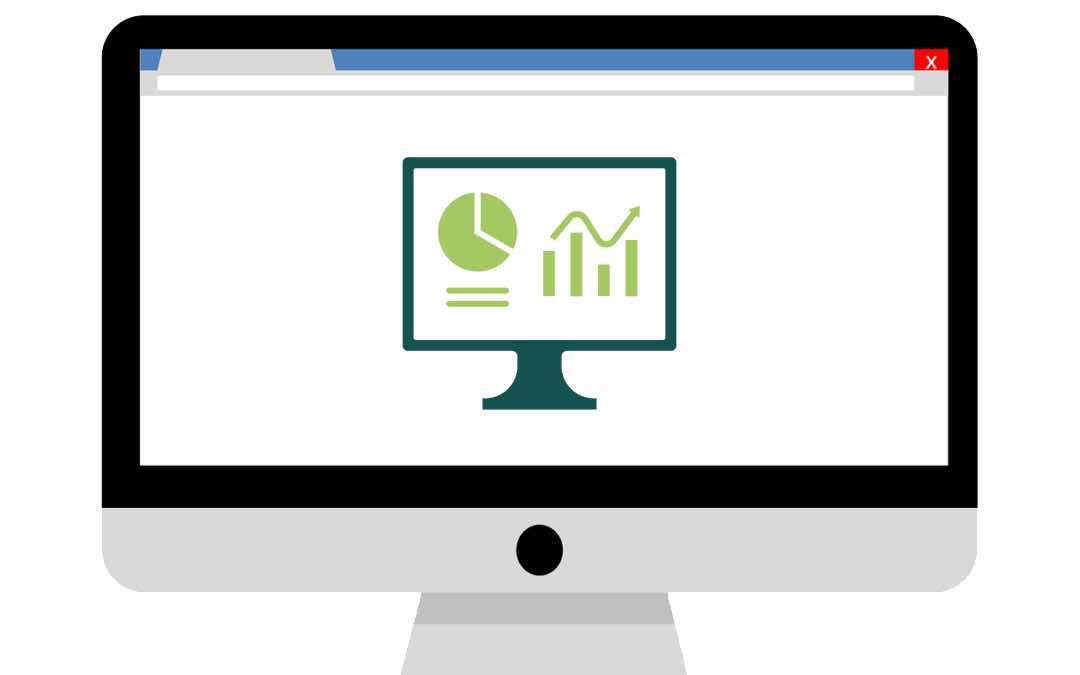Scaling a business: Like many entrepreneurs, you want to grow. More sales, more customers, and more profit, right?
Unfortunately, there’s no clear indicator that you’re ready for a wave of new business. There’s no metric that unequivocally tells you if you’re ready for growth.
So how does an entrepreneur know when it’s time to scale up?
That question, asked by countless entrepreneurs, somewhat misses the point.
You see, scaling is often confused for simple growth. Many people think “scaling up” just means acquiring a lot more customers, but it also refers to how you respond to new customers – the infrastructure you build to serve them.
Scaling your business means creating a foundation that can serve more customers with the same resources. It’s not something you do once. It’s something you’ll do regularly throughout the life of your business
[content_upgrade cu_id=”3105″]Not sure if your systems are ready for a growth push? If your systems meet these criteria, you’re ready to start investing in growth.[content_upgrade_button]Click Here[/content_upgrade_button][/content_upgrade]
Article Contents
In Our Experience, Growth is Rarely Linear
Everyone wants the hockey stick shaped growth curve that looks like this:

Unfortunately, growth is rarely that smooth. In our experience, it happens in spurts, followed by periods of adjustment. There are usually two modes:
- Growth mode – This is when you actively seek and onboard new customers.
- Consolidation mode – This is when you adjust your systems, procedures, and team to accommodate the new business.
The first mode is voluntary. You get to decide when you’ll aggressively seek new customers.
The second mode, however, is often forced on you, so we’ll talk about it first.
Everyone wants a growth curve that looks like a hockey stick, but that usually isn’t the case. Click To TweetConsolidation Mode
As you gain customers, you’ll reach a point where your existing systems can’t accommodate all the work. This is when you turn your focus to bolstering your infrastructure before another round of customer acquisition.
(It’s worth pointing out that customer acquisition never completely stops, you just stop pushing hard for it. For instance, when you’re in consolidation mode, you might stop your guest blogging strategy or your Facebook ads, but you wouldn’t turn new business away.)
When Bean Ninjas was 18 months old, our systems were failing to keep up. We were behind on work and the quality wasn’t as good it should have been. We were growing too quickly for our infrastructure, which explained why our churn rate was higher than the industry’s average.
Since our primary method of attracting and keeping customers is doing good work, poor quality is unacceptable to us. We had to make a conscious decision to switch from growth to consolidation. So we stepped back from sales and marketing to focus on our systems and our team.
This type of growth is the reality for many businesses. Why?
Because it’s hard to grow your infrastructure incrementally.
Changing your workflows, adopting new tools, and upgrading your team aren’t things you can always do gradually. In some cases, you can tweak these elements slightly, but most of the time they happen in big, unavoidable chunks due to their nature.
For instance, we’re in the middle of switching our project management tools from Trello to Wrike. Trello is a great tool, but we’ve stretched it as far as we can. We need something with more flexibility and better reporting that works with our current process.
Using Wrike is quite different than using Trello. (That’s the point, after all.) So adopting the new tool requires a fundamental shift in how we work. There’s no way to gently evolve from Trello into Wrike. At some point, we have to make the leap.
The same applies to hiring new people. Depending on your needs and hires, it could take six months to get a new team member up to speed and providing value.
In our latest consolidation phase, it took us almost a year to improve systems, complete documentation, and give people experience before we could handle more growth. Once we were happy with our improvements, we switched back to growth mode.
Scaling a Business – Growth Mode
Growth mode, quite simply, is when you aggressively find new customers. This is what a lot of people mistakenly refer to as scaling.
Strong customer acquisition requires a few important things:
- A robust and careful understanding of your customers. This can’t be overstated. The better you know your customer, the more likely you’ll connect with them through your marketing and sales.
- A system to collect and report on data. Data is essential for making good decisions, especially when it comes to customer acquisition.
- A process to experiment with new growth tactics.
How to Scale a Business
When you move back into growth mode, it’s all up to you. You can technically do it whenever you like, though it’s best to wait until your infrastructure is ready to handle a lot more business. Clients are always asking us how to scale a business, when you’re ready to scale up: contact us.
At Bean Ninjas, we recently entered another growth phase. We were focused on building a system and team who could handle our entire customer relationship management (sales, onboarding, account management, etc.) without needing our co-founder Meryl Johnston. Once we had this in place we knew we were ready for an influx of new business.
Just like you accept new business during consolidation mode, you shouldn’t ignore your systems during growth mode. As you onboard and serve new customers, measure the effectiveness of your systems and look for ways to document and improve them gradually.
So to Summarize…
First, how do you know you’re ready to move into consolidation mode?
When you’re struggling to serve your customers well and it feels like your systems aren’t keeping up.
Second, how do you know you’re ready to move into growth mode?
There’s a lot of leeway here, so you’ll have to come up with your own test. But generally, it’s time to focus on customer acquisition when you’ve smoothed out any problems you have delivering your service, reduced your costs, and extracted yourself from the day-to-day.
Improving Systems is Like Repairing an Airplane Mid-Flight

The purpose of a consolidation period is to give yourself some breathing room so you can work on your business in a controlled way – without the weight of new business you aren’t prepared to support.
But that doesn’t mean it’s simple.
You still have to continue serving customers and managing the day-to-day work.
As business mentor, Paul Higgins would say …. It’s a lot like changing the motor of an airplane mid-flight. Sure, it can be done, but there are a lot of other things that have to keep ticking along to keep the plane from crashing. Some tasks (like serving your customers) can’t be paused while you make repairs.
For instance, even though we’re in consolidation mode, we can’t jump into our new project management tool all at once. We have to take baby steps to create workflows, train the team, and work out the kinks. If we tried to fix everything at once, we would inevitably crash (that is, the quality of our service would suffer).
Plus, improving your systems takes time. It is hard for your team to learn new workflows and document procedures all day because your customers come first. While consolidation doesn’t feel like growth and seems to take longer than it should, it’s a fundamental part of scaling.
Your Team Must be Ready to Scale, Too

As the founder or stakeholder of a business, it’s easy to make a unilateral decision to push for growth. But you also need buy-in from your team.
The best high-performing teams are on board with the upcoming changes, whether you’re heading into a consolidation mode or a growth mode.
Truthfully, you can solve this by hiring people who are open to change.
At one point, we had some team members who resisted change. They weren’t right for the type of business we’re trying to build, so we were forced to make some changes.
Now we only hire people who are excited by challenges and opportunities to learn new things. We look for people who don’t mind it when their jobs change. In fact, we want people who actively look for ways to improve their own jobs.
We also make a point of looking after our team by trying to understand their pain points within the business. Before we changed to our new project management tool, we ran an internal survey to find out what people like about our current system and what they want in a new one. We used this information to select our new tool that’s right for everyone. That way, everyone is invested in the change.
Before you can jump into a new mode, make sure your team understands their role in it. For instance, during acquisition you might make onboarding new customers everyone’s priority, but during consolidation, the priority might be documentation. It’s important for your team to understand your expectations and how they’ll be measured.
[content_upgrade cu_id=”3105″]Before you invest in growth, make sure you can see these critical signs in your business.[content_upgrade_button]Click Here[/content_upgrade_button][/content_upgrade]
Deciding When You’re Ready to Scale Your Business
Instead of asking yourself “Am I ready to scale?” a better question to ask is “Am I ready for a new growth mode?”
Can you handle more customers with your current systems, tools, and people? If so, then focus on acquiring new customers, creating referral partnerships, and whatever you’ve outlined in your marketing strategy.
But if you can’t handle more customers with your current infrastructure, it might be best to take off your marketing hat for a while and focus on creating systems and outsourcing your non-core functions.
We know building systems and writing procedures doesn’t seem like growth, but that side of your company has to evolve too.




